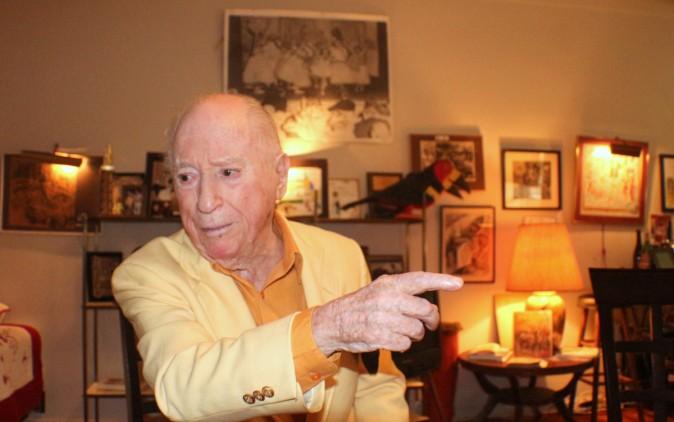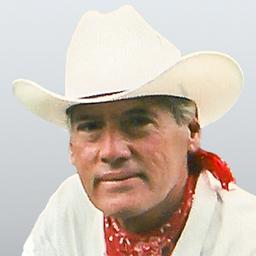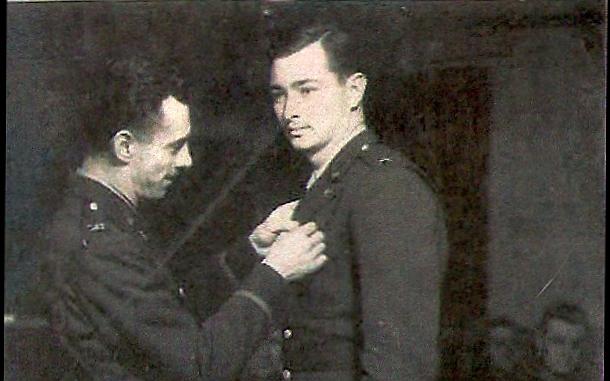“Read All About It. … This Boy Needs His Buddies,” proclaimed the front page of the Daily Comet. Liz “The Weeper” Teary did the story, and Tip Lenz took pictures in the 7th New York City Police Precinct. The wide-eyed six-year-old stowaway held a large ice cream cone and wore Officer Kelly’s oversize uniform hat on his head.
The heartwarming genesis of a little European post-World War II orphan befriended by two American G.I.s began with that 1955 comic strip.
The boys, Dondi’s buddies Corporal Ted Wills and Private First Class Whitey McGowan, were heading home. The war was over. The Iron Curtain had fallen over a desolate, refugee-deluged Europe trying to rebuild. Shipped back to the States, the soldiers figured they had left the little orphan behind.
Dondi became a syndicated comic strip in the Chicago Tribune. The little boy came into the nation’s homes and hearts for the next 34 years.
Dondi was the brain child of Gus Edson. As with all creative processes, there is something true to life that inspired it. Whatever an artist does from memory, that inspiration dwells somewhere. Perhaps it was Gus’s chance meeting with fellow cartoonist Irwin Hasen on a United Service Organization (USO) tour in Germany in 1954. Cartoonists were recruited by the USO to entertain U.S. troops overseas, to bring a little of home to them where they were stationed.
In 1954, both men were being phased out. Gus was about to lose his long-running strip “The Gumps.” DC Comics felt that Irwin’s comic book covers for “Wonder Woman,” “Green Lantern,” and “Wildcat” were not selling books. Pretty soon, both men would be “working in advertising,” a cartoonist euphemism that meant on the skids, unemployed, bust.






